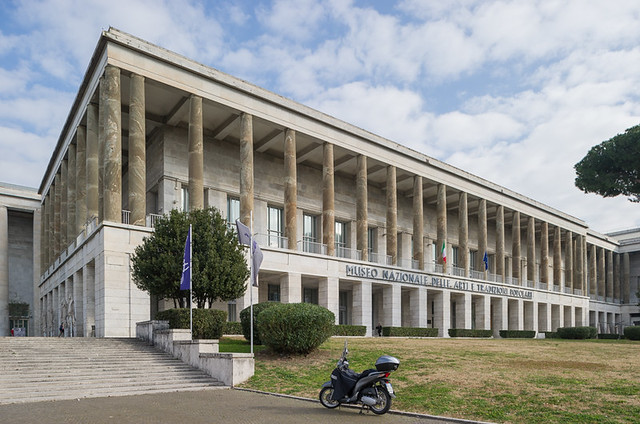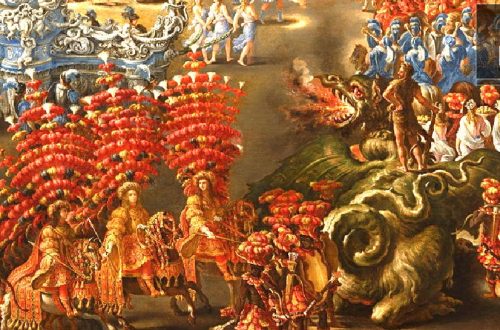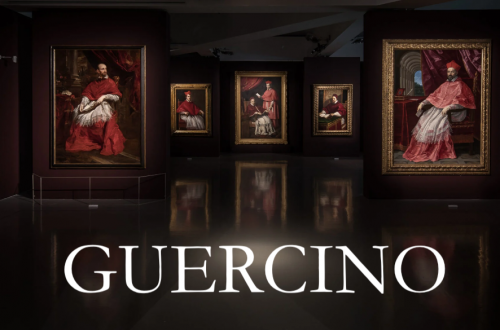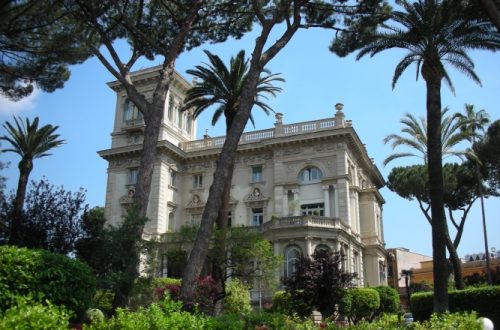
Museo Nazionale delle Arti e Tradizioni Popolari
The Museo Nazionale delle Arti e Tradizioni Popolari ( National Museum of Arts and Popular Traditions, Rome ) is Italy’s most important ethnographic museum, dedicated to preserving and showcasing the country’s folk traditions, crafts, and cultural heritage. It is located in the EUR district of Rome, within the architectural complex built for the 1942 Universal Exposition (which was never held due to World War II).
History:
- Established in 1911, the museum was originally created as part of the International Exposition of Ethnography in Rome.
- Its collection was expanded throughout the 20th century with field research, donations, and acquisitions, aiming to document the daily life, customs, and artistic expressions of different regions of Italy.
- In 1956, it moved to its current location in Palazzo delle Scienze in the EUR district.
Collections & Exhibits:
The museum houses over 100,000 objects that offer insight into the traditions, rituals, and daily life of Italy’s various regions. Its main themes include:
- Traditional Costumes & Textiles
- Regional folk costumes from different parts of Italy.
- Embroidery, lace, and weaving traditions.
- Examples of bridal and ceremonial attire.
- Handicrafts & Decorative Arts
- Ceramics and pottery from renowned Italian regions (Sicily, Umbria, Sardinia, etc.).
- Wood carvings, wrought ironwork, and basket weaving.
- Marionettes and masks, including those used in traditional theater and festivals.
- Religious & Festive Traditions
- Artifacts related to Italian religious celebrations, including Nativity scenes and processional banners.
- Objects from folk festivals and rural celebrations, including carnival masks.
- Superstitions, rituals, and ex-voto offerings.
- Rural & Agricultural Tools
- Farming tools and equipment used in traditional agriculture.
- Objects related to wine and olive oil production, fishing, and shepherding.
- Music & Oral Traditions
- A vast collection of folk musical instruments, such as bagpipes, tambourines, and flutes.
- Recordings of oral traditions, including folk songs, storytelling, and dialect poetry.
- Historical Documents & Photography
- Ethnographic research and manuscripts on Italy’s folk traditions.
- Archival photos documenting peasant life, rural landscapes, and traditional crafts from the late 19th and early 20th centuries.
Significance:
The museum is a key research center for Italian ethnography, focusing on preserving the country’s intangible cultural heritage. It provides a comprehensive picture of Italy’s diverse regional traditions, helping scholars, artists, and the public understand the rich cultural fabric of the nation.
Visitor Information:
- Location: Piazza Guglielmo Marconi 8, EUR, Rome
- Opening Hours: Typically Tuesday – Sunday, 9:00 AM – 6:30 PM (Closed on Mondays and public holidays).
- Tickets: Generally affordable, with discounts for students, seniors, and groups.
Would you like information on current exhibitions or events at the museum?
PALAZZO DELLE ARTI E TRADIZIONI POPOLARI
Piazza Guglielmo Marconi, 8 ROMA – EUR
https://www.museodellecivilta.it/
![]()


You May Also Like

Palazzo Braschi Museum of Rome
19 February 2024
Guercino, The Ludovisi Era in Rome
22 January 2025